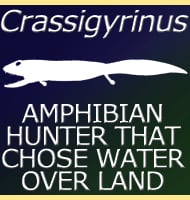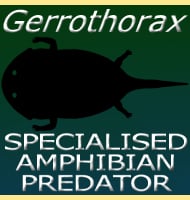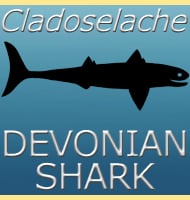


Acanthostega

Name: Acanthostega
(Spiny roof).
Phonetic: A-can-fo-stay-gah.
Named By: Erik Jarvik - 1952.
Classification: Chordata, Tetrapoda, Amphibia,
Labyrinthodontia, Ichthyostegalia.
Species: A. gunneri (type).
Type: Carnivore.
Size: 60 centimetres long.
Known locations: Eastern Greenland.
Time period: Famennian of the Devonian.
Fossil representation: Initially only skull
fragments, further
fossils have been discovered making it one of the most completely
preserved species.
Although
it’s
possible that Acanthostega could walk on land, the
morphological
features of the body suggest a primarily aquatic lifestyle. Neither the
spine or ribs were adapted to support its weight while on land. The
legs,
though large, lacked the joints and degrees of motion required for
efficient terrestrial locomotion. The underside of the creature had
heavy scales, a feature that may have protected it from regular contact
with ground, especially if it hunted in the shallows. If it were able
to spend short periods out of the water the scales might also have
helped protect the body as it was dragged over the land, perhaps if the
creature was moving from one body of water to another.
These
and other features do
point to a predator that was suited to life in the Devonian swamps. As
matter is decomposed by bacteria in an aerobic process, oxygen is used
up reducing the oxygen content in the water. Acanthostega
lad lungs as
well as internal gills, and this lung back-up would have allowed it to
exploit the oxygen in the air as well, something that predatory fish
would not have been able to do. The legs while crude compared to the
land animals to come, would have enabled it scramble over and around
submerged obstacles and aquatic plants. They would also have allowed it
to free itself if it beached itself in shallow water while pursuing
prey.
Perhaps
the most important
feature is the teeth and jaw. Fish typically use the suction method of
feeding. This is where the predator opens its mouth so fast and wide
that it creates a vacuum inside its mouth that sucks water and the prey
inside. In comparison Acanthostega jaw and teeth
which featured two
fangs, was more suited for actually biting onto prey. This terrestrial
method of feeding suggests that it focused its hunting around the water
edges, as opposed to exclusively hunting submerged.
Further reading
- The neurocranium of Acanthostega gunnari Jarvik
and the evolution of
the otic region in tetrapods. - Zoological Journal of the Linnean
Society vol 122 issue 1-2 - Jennifer A. Clack - 1998.
- Terrestrial-style feeding in a very early aquatic tetrapod is
supported by evidence from experimental analysis of suture morphology.
- Proceedings of the National Academy of Sciences 104 (17): 7134–7138.
- M. J. Markey & C. R. marshall - 2007.
- The Devonian tetrapod Acanthostega gunnari
Jarvik: Postcranial
anatomy, basal tetrapod interrelationships and patterns of skeletal
evolution. Earth and Environmental Science Transactions of the Royal
Society of Edinburgh. - Michael I. Coates - 2014.
- Descriptive Anatomy and Three-Dimensional Reconstruction of the Skull
of the Early Tetrapod Acanthostega gunnari Jarvik,
1952. - PLOSone. -
Laura B. Porro, Emily J. Rayfield & Jennifer A. Clack - 2015.
- Life history of the stem tetrapod Acanthostega
revealed by
synchrotron microtomography. - Nature. 537 (7620): 408–411. - Sophie
Sanchez, Paul Tafforeau, Jennifer A. Clack & Per E. Ahlberg -
2016.
----------------------------------------------------------------------------
Random favourites
 |
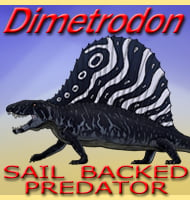 |
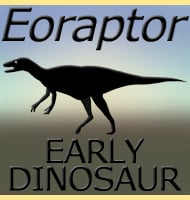 |
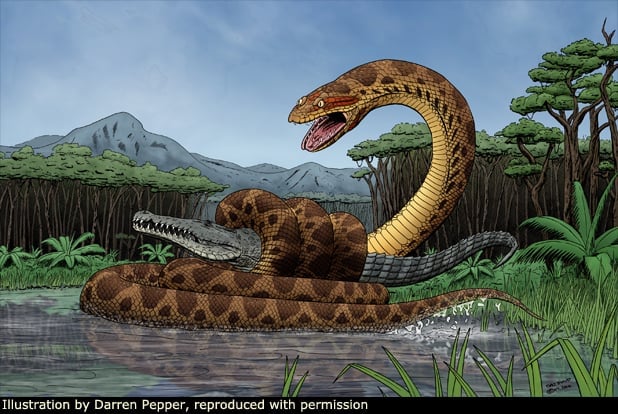 |

